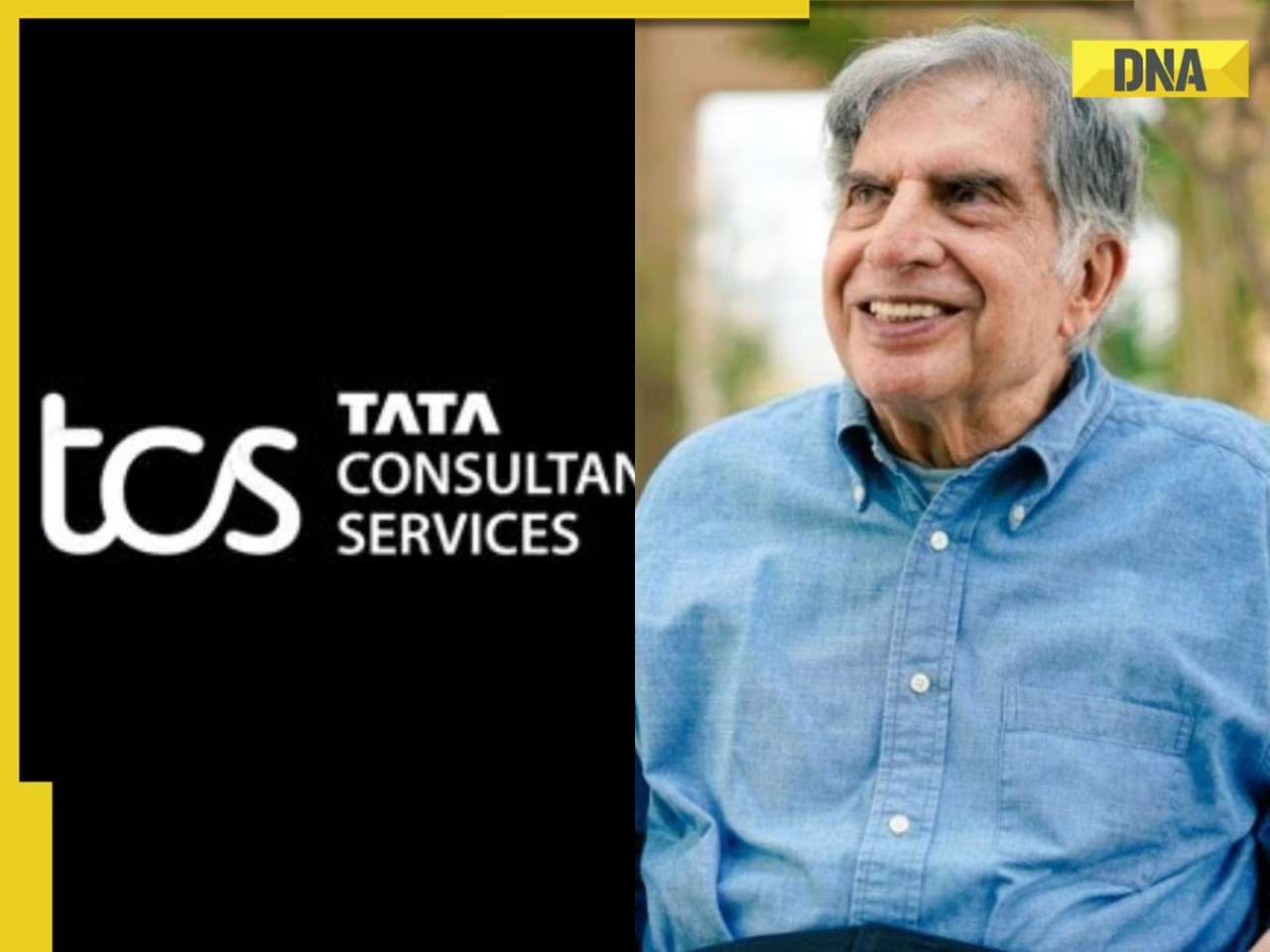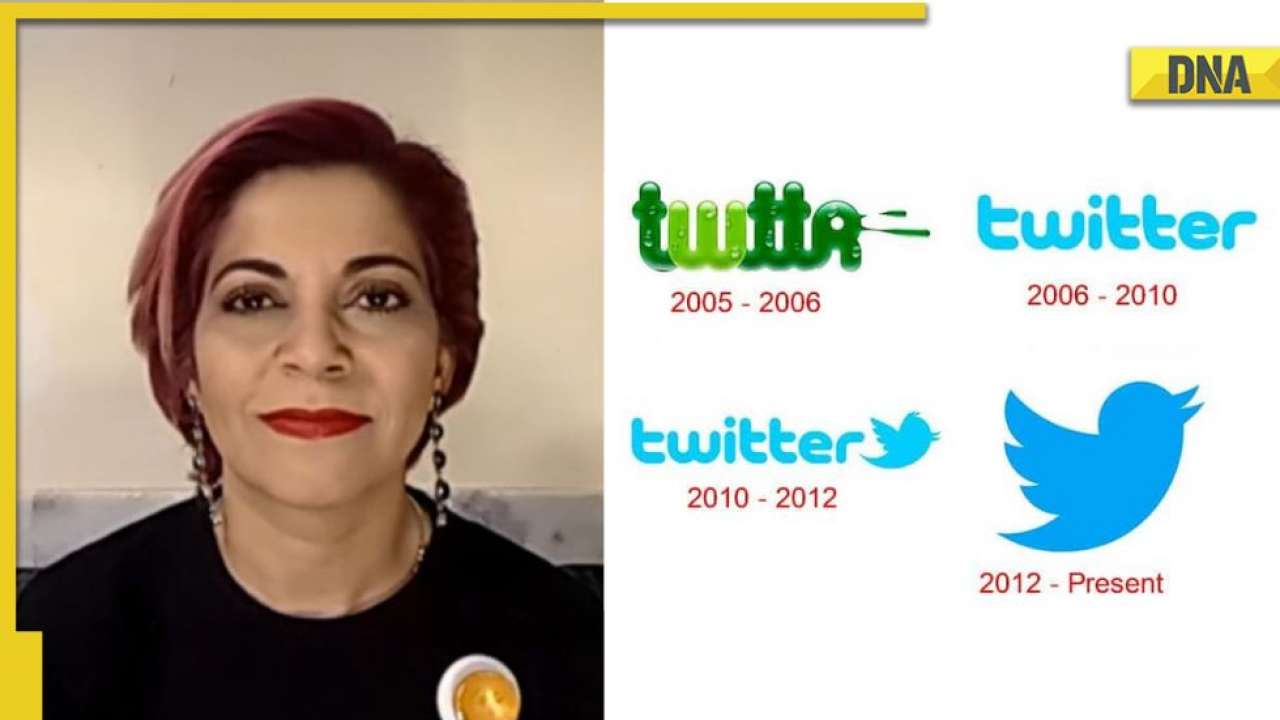According to Praveen Kumar Thopalle, the integration of machine learning (ML) into microservice architecture holds transformative potential in addressing these challenges.
As businesses continue to scale, the reliance on microservice architecture has become more prominent, offering flexibility, scalability, and resilience. However, as distributed systems become more complex, ensuring consistent performance and minimizing failures, especially in the realm of REST APIs, has posed significant challenges. According to Praveen Kumar Thopalle, the integration of machine learning (ML) into microservice architecture holds transformative potential in addressing these challenges.
Machine learning, when integrated into microservices, does not simply react to problems — it proactively works to prevent them. Thopalle believes that predictive analysis is one of the strongest tools that ML brings to the table. By learning from historical data and system behavior, ML models can identify patterns that precede issues. For example, ML algorithms can forecast resource limitations, detect potential bottlenecks, and flag potential failures in REST APIs before they even occur. This allows system administrators to take preventative action, significantly reducing the number of unexpected system crashes and downtime.
Real-Time Anomaly Detection and Traffic Management
Another key advantage that Thopalle highlights is the real-time anomaly detection capabilities offered by machine learning. In a dynamic microservice environment, with multiple APIs interacting simultaneously, it is difficult to manually track and assess irregularities in real-time. Machine learning algorithms, however, are designed to constantly monitor performance metrics and flag unusual behaviors as they occur. Whether it's a sudden surge in traffic, a deviation in response times, or a rise in error rates, ML systems can instantly recognize and act on these anomalies, enabling swift corrections before users even notice.
Traffic management is also a crucial aspect in microservice architecture, especially when services face high demand. As Praveen Kumar Thopalle points out, machine learning can intelligently balance traffic across various services. By analyzing patterns of traffic flows, ML models can identify the optimal distribution of resources to handle the incoming load. This kind of dynamic load balancing reduces the chances of overloading any single service, thereby improving the overall reliability and efficiency of the system.
Automated Problem Resolution: The Future of Resilient Systems
One of the most exciting prospects in the integration of machine learning with microservices is the potential for automated problem resolution. According to Thopalle, automating the detection and resolution of common system issues allows for quicker response times and reduces the need for manual intervention. For instance, machine learning models can identify failing services, redirect traffic to healthier nodes, or even trigger automated scaling policies to ensure enough resources are allocated during high-demand periods.
This automated response creates a self-healing system, a concept that Thopalle advocates for in modern infrastructure. In the long run, this significantly reduces the burden on engineers, allowing them to focus on more critical tasks while the system maintains its own stability. In unpredictable scenarios, such as sudden traffic spikes or hardware failures, having machine learning in place ensures that the system continues running smoothly with minimal interruption to users.
Reducing Interruptions and Enhancing User Experience
In essence, integrating machine learning into microservice architecture not only prevents failures but also enhances the overall user experience. Praveen Kumar Thopalle emphasizes that with fewer interruptions, users enjoy more consistent access to applications, which translates to higher satisfaction and trust in the services being offered. During heavy use or unforeseen challenges, the intelligent systems powered by ML respond in real time, ensuring the application remains available and responsive.
The integration of machine learning into microservices represents the future of efficient, reliable, and scalable systems. By predicting issues, intelligently managing traffic, and automating problem resolution, ML ensures that distributed systems can handle both expected and unexpected challenges. As Praveen Kumar Thopalle outlines, this approach enables companies to maintain smooth operations even in the most complex environments, ultimately driving greater reliability and performance in modern application infrastructures.
The DNA app is now available for download on the Google Play Store. Please download the app and share your feedback with us
 Mohit Suri reveals Aditya Chopra's first reaction after watching Ahaan Panday, Aneet Padda-starrer Saiyaara: 'What happened to...' | Exclusive
Mohit Suri reveals Aditya Chopra's first reaction after watching Ahaan Panday, Aneet Padda-starrer Saiyaara: 'What happened to...' | Exclusive Largest piece of Mars found on earth sold for Rs..., discovered at Sahara Desert, it weighs..., know how it reached earth
Largest piece of Mars found on earth sold for Rs..., discovered at Sahara Desert, it weighs..., know how it reached earth UIDAI deactivates Aadhar of deceased persons, disables over 1 crore numbers, starts new service for...
UIDAI deactivates Aadhar of deceased persons, disables over 1 crore numbers, starts new service for...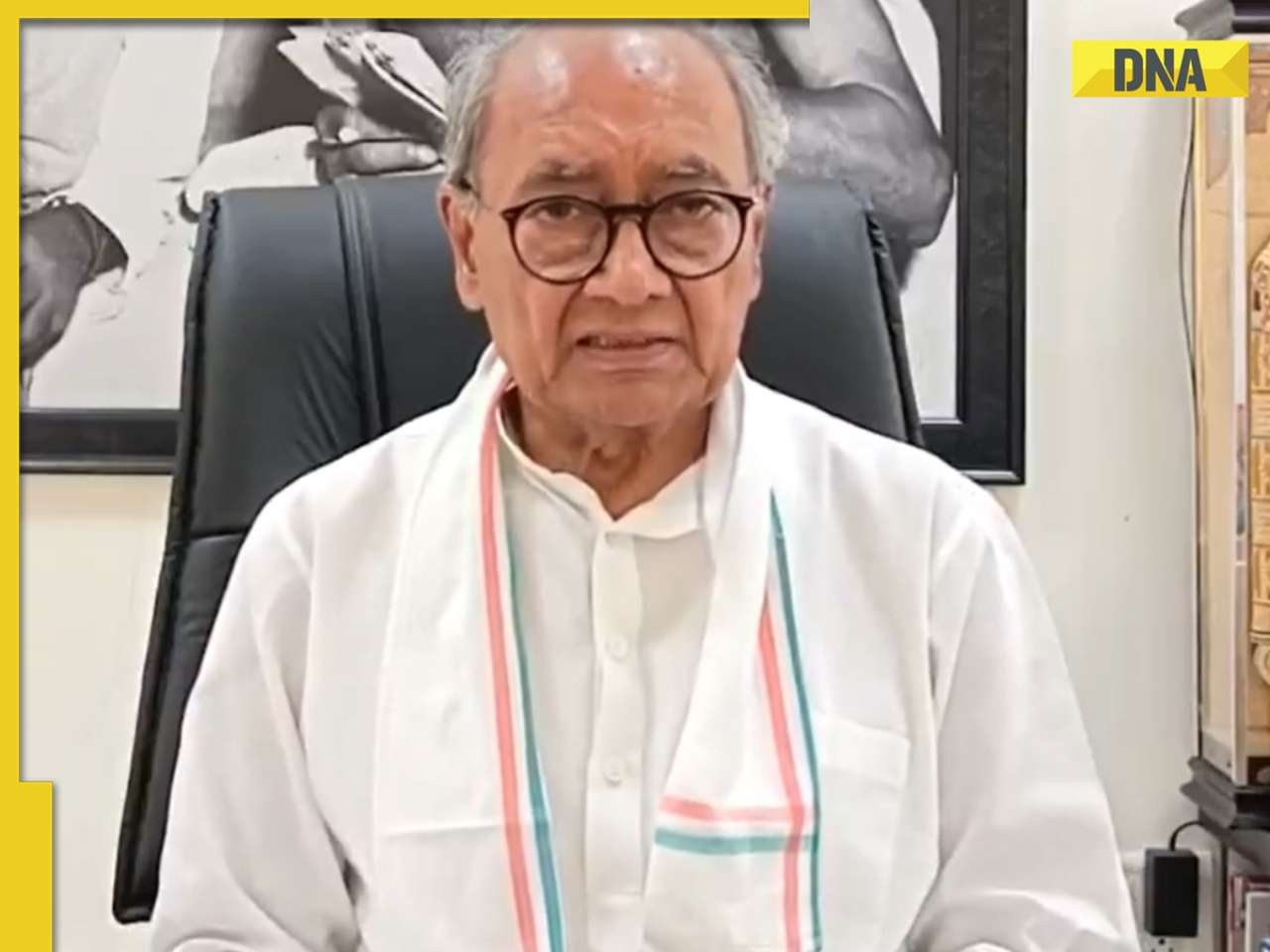 DNA TV Show: Digvijaya Singh's post on Kanwar Yatra stirs row
DNA TV Show: Digvijaya Singh's post on Kanwar Yatra stirs row Blood crisis solved! This country developed universal artificial blood, beneficial in surgeries, emergencies, it's colour is...
Blood crisis solved! This country developed universal artificial blood, beneficial in surgeries, emergencies, it's colour is...  7 mesmerising images of star formation captured by NASA
7 mesmerising images of star formation captured by NASA What is brain fog? 7 Ways to overcome it
What is brain fog? 7 Ways to overcome it Sawan 2025: Move beyond Tip Tip Barsa Paani, this rainy season groove on these sizzling songs
Sawan 2025: Move beyond Tip Tip Barsa Paani, this rainy season groove on these sizzling songs Kang Seo‑ha to Kim Sae‑ron: K‑drama, K-pop icons we lost recently
Kang Seo‑ha to Kim Sae‑ron: K‑drama, K-pop icons we lost recently Our Golden Days, My Lovely Journey, Beyond the Bar: 8 must-watch K-dramas in August 2025
Our Golden Days, My Lovely Journey, Beyond the Bar: 8 must-watch K-dramas in August 2025 Shubhanshu Shukla News: What Astronaut Shubhanshu Shukla's Wife Has Planned For His Homecoming
Shubhanshu Shukla News: What Astronaut Shubhanshu Shukla's Wife Has Planned For His Homecoming Israeli Man Seeks Custody Of Daughters Found In Karnataka Cave | Karnataka News
Israeli Man Seeks Custody Of Daughters Found In Karnataka Cave | Karnataka News Israel Attacks Syria: Trump Admin Voices Concern Over Syria Strikes | USA On Israel Syria
Israel Attacks Syria: Trump Admin Voices Concern Over Syria Strikes | USA On Israel Syria Delhi-Goa IndiGo Plane Makes Emergency Landing In Mumbai | Indigo News
Delhi-Goa IndiGo Plane Makes Emergency Landing In Mumbai | Indigo News Trump News: India-US Trade Deal In Works, Donald Trump Hints Progress | US News
Trump News: India-US Trade Deal In Works, Donald Trump Hints Progress | US News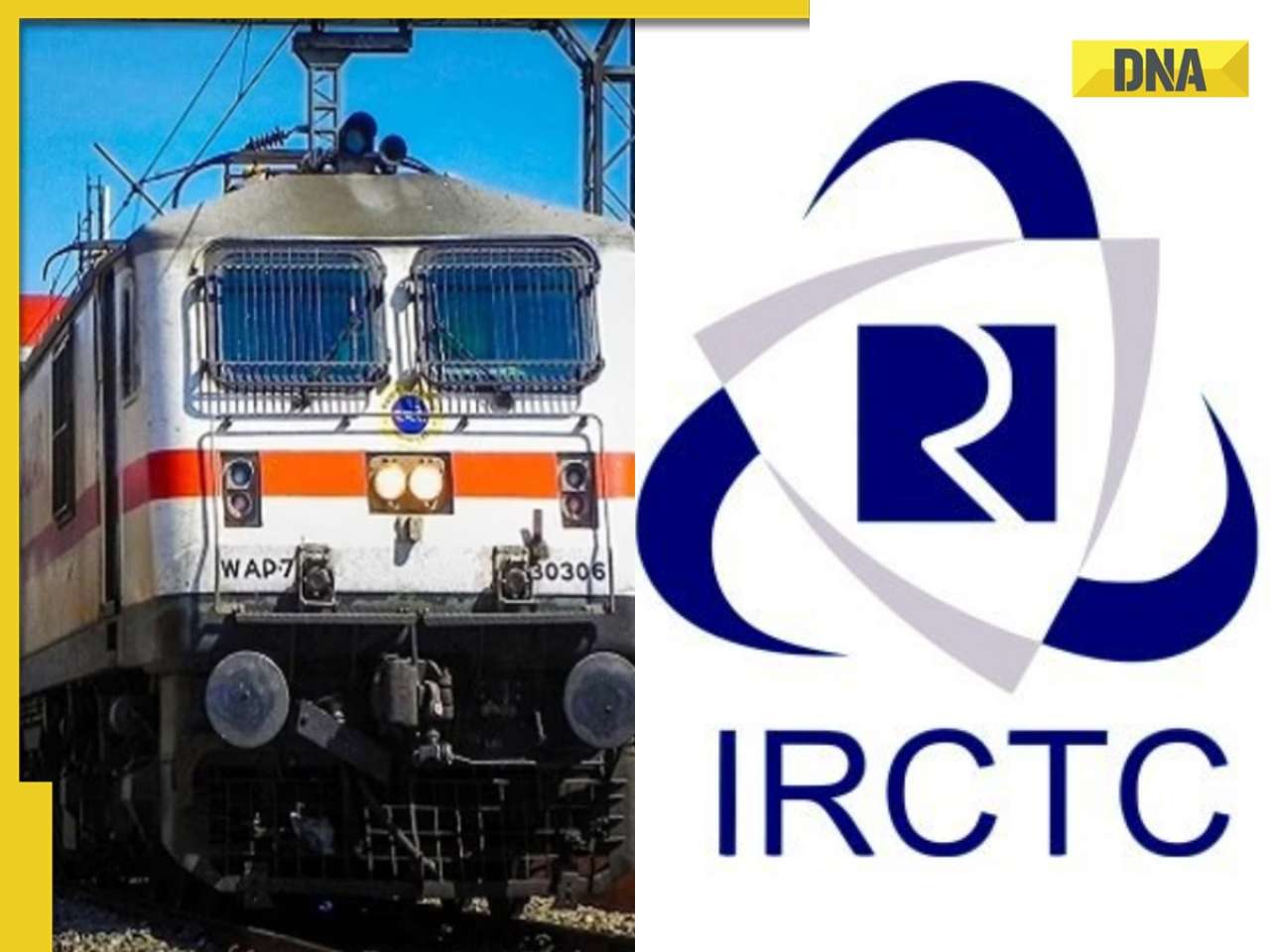 No OTP, no Tatkal ticket: Indian Railways makes Aadhaar OTP verification mandatory for online Tatkal booking; check details
No OTP, no Tatkal ticket: Indian Railways makes Aadhaar OTP verification mandatory for online Tatkal booking; check details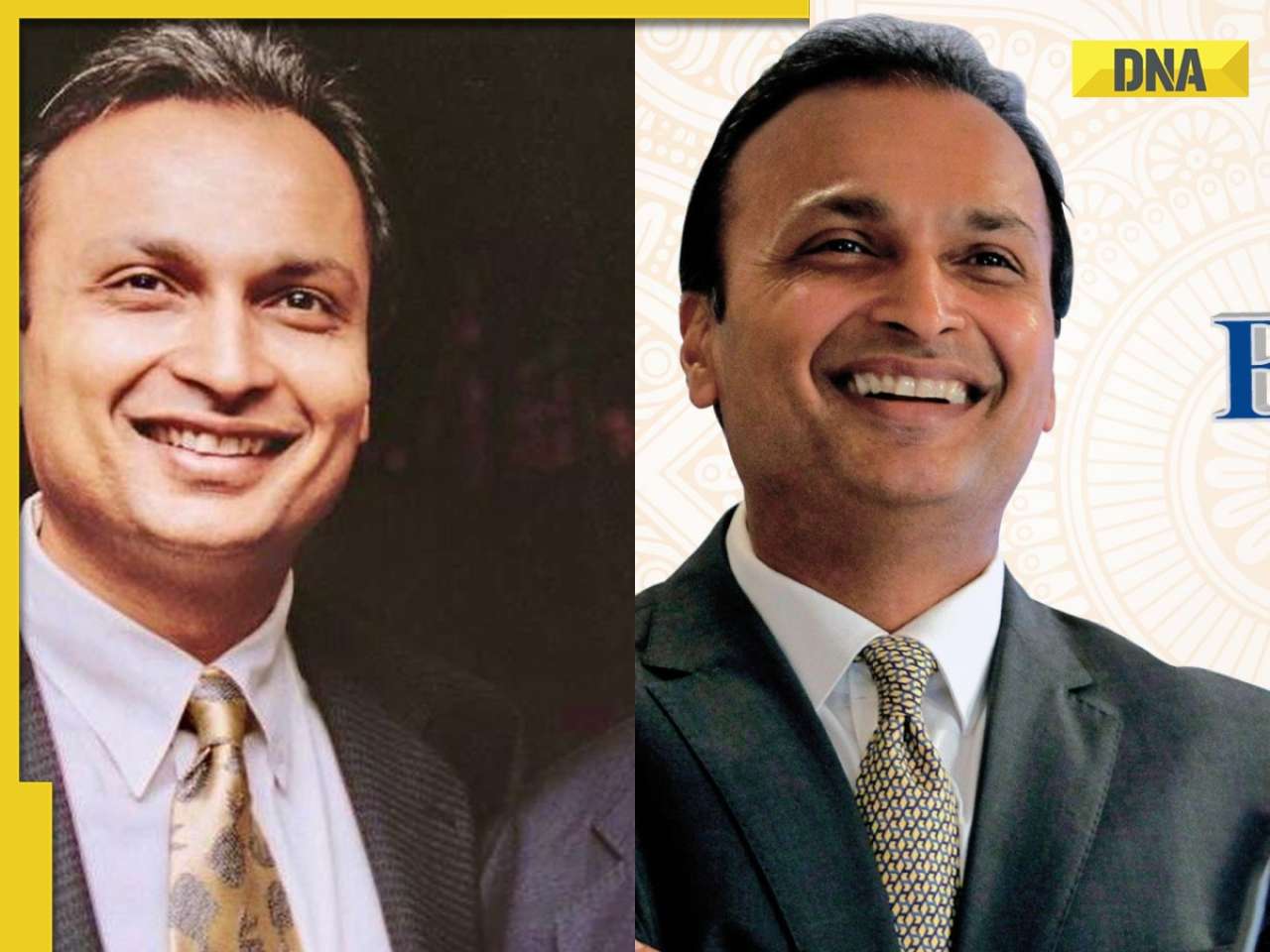 Anil Ambani's Reliance Infra, RPower make BIG move to raise Rs 18000 crore through...
Anil Ambani's Reliance Infra, RPower make BIG move to raise Rs 18000 crore through... ITR Filing 2025: Don't panic if you receive Income Tax Department notice, take THESE steps...
ITR Filing 2025: Don't panic if you receive Income Tax Department notice, take THESE steps...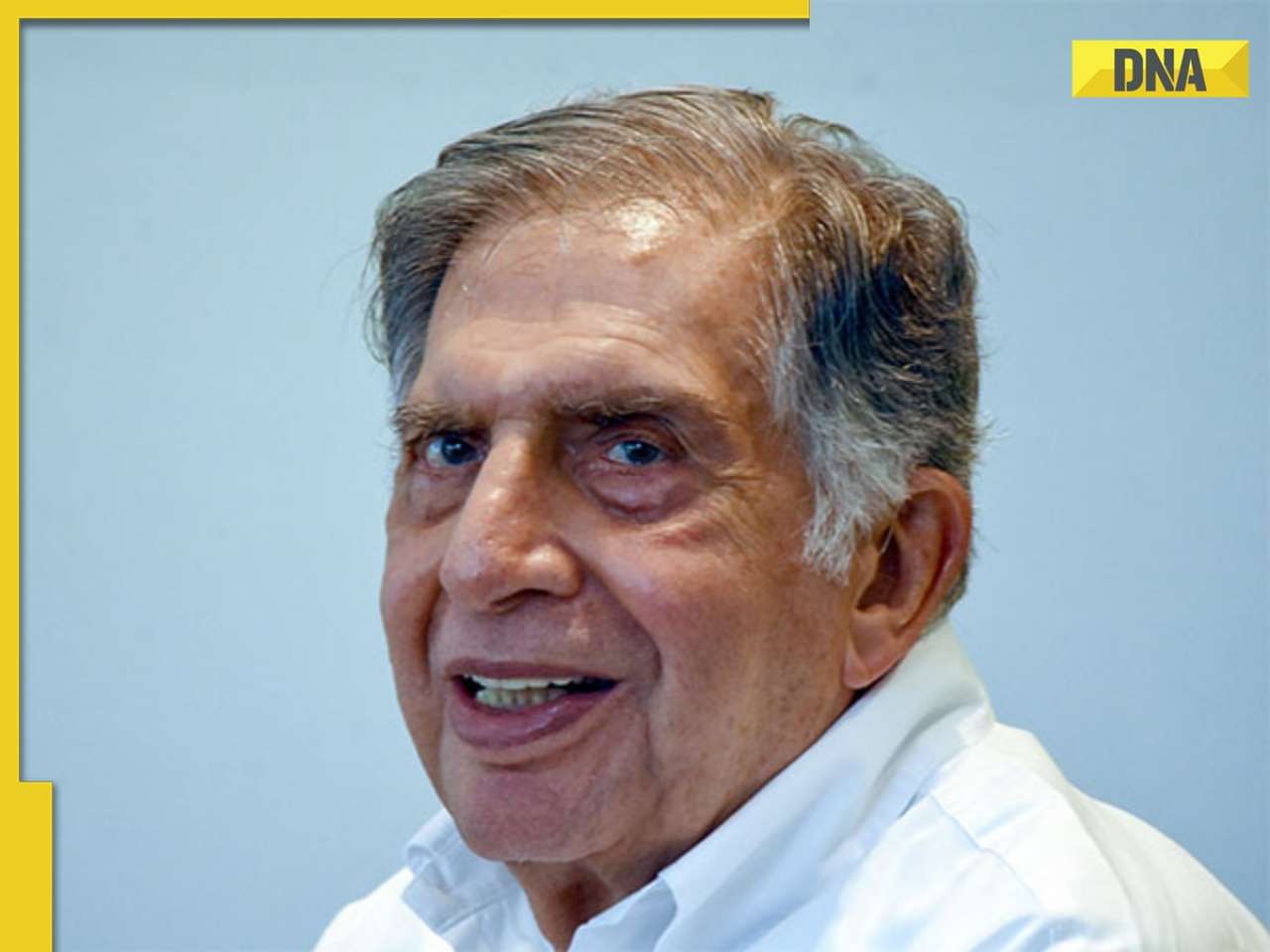 Good news for TCS employees as Ratan Tata's firm announces 100 percent variable pay for THESE employees, check here
Good news for TCS employees as Ratan Tata's firm announces 100 percent variable pay for THESE employees, check here 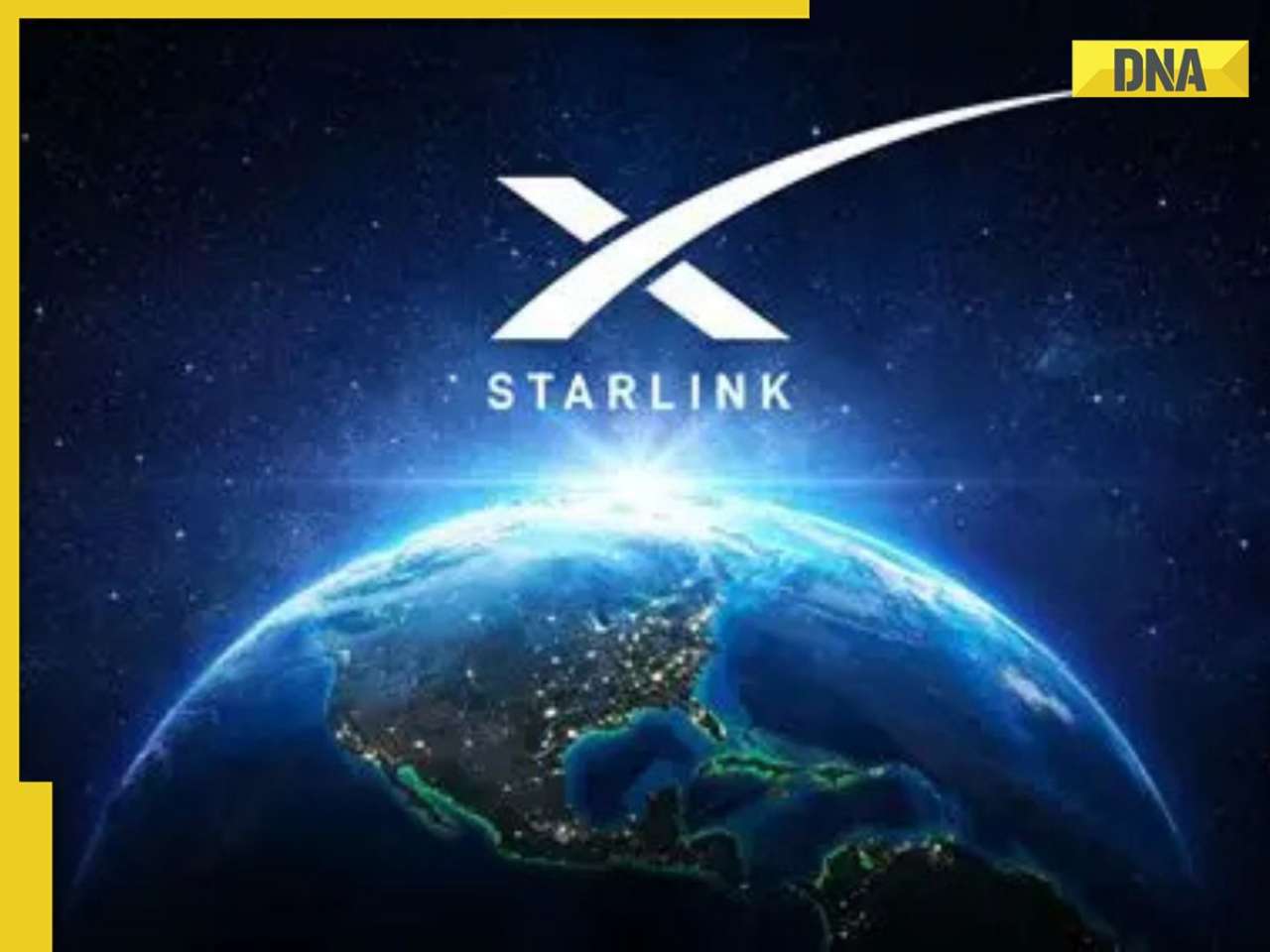 After approval, Starlink to offer fastest internet speed ranging from..., know what more it offers in India
After approval, Starlink to offer fastest internet speed ranging from..., know what more it offers in India  From Sheila Ki Jawani, Kala Chashma to Kamli: Katrina Kaif unforgettable dance numbers
From Sheila Ki Jawani, Kala Chashma to Kamli: Katrina Kaif unforgettable dance numbers  Is Katrina Kaif 'Runaway Bride' of Bollywood? 5 times actress has run away from weddings in films
Is Katrina Kaif 'Runaway Bride' of Bollywood? 5 times actress has run away from weddings in films World Snake Day 2025: Why are cobras the most dangerous snakes? List of world's 10 deadliest snakes
World Snake Day 2025: Why are cobras the most dangerous snakes? List of world's 10 deadliest snakes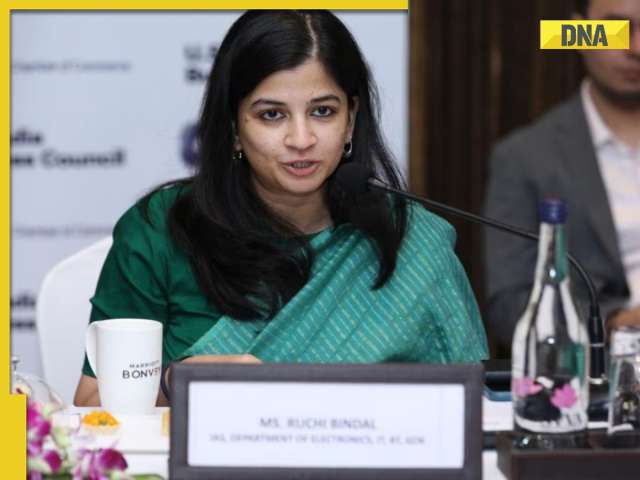 Meet woman who failed four times in UPSC exam and finally cracked it with AIR..., is now CEO of...
Meet woman who failed four times in UPSC exam and finally cracked it with AIR..., is now CEO of... 10 countries with most beautiful women in the world, Russia, USA, Greece, make it to the list, you won’t believe who’s number 1
10 countries with most beautiful women in the world, Russia, USA, Greece, make it to the list, you won’t believe who’s number 1 UIDAI deactivates Aadhar of deceased persons, disables over 1 crore numbers, starts new service for...
UIDAI deactivates Aadhar of deceased persons, disables over 1 crore numbers, starts new service for... Delhi-Goa IndiGo flight makes emergency landing due to a mid-air engine failure
Delhi-Goa IndiGo flight makes emergency landing due to a mid-air engine failure Who is Aditya Saurabh? Cracked UPSC with impressive AIR, became IRS officer, now arrested for...
Who is Aditya Saurabh? Cracked UPSC with impressive AIR, became IRS officer, now arrested for... 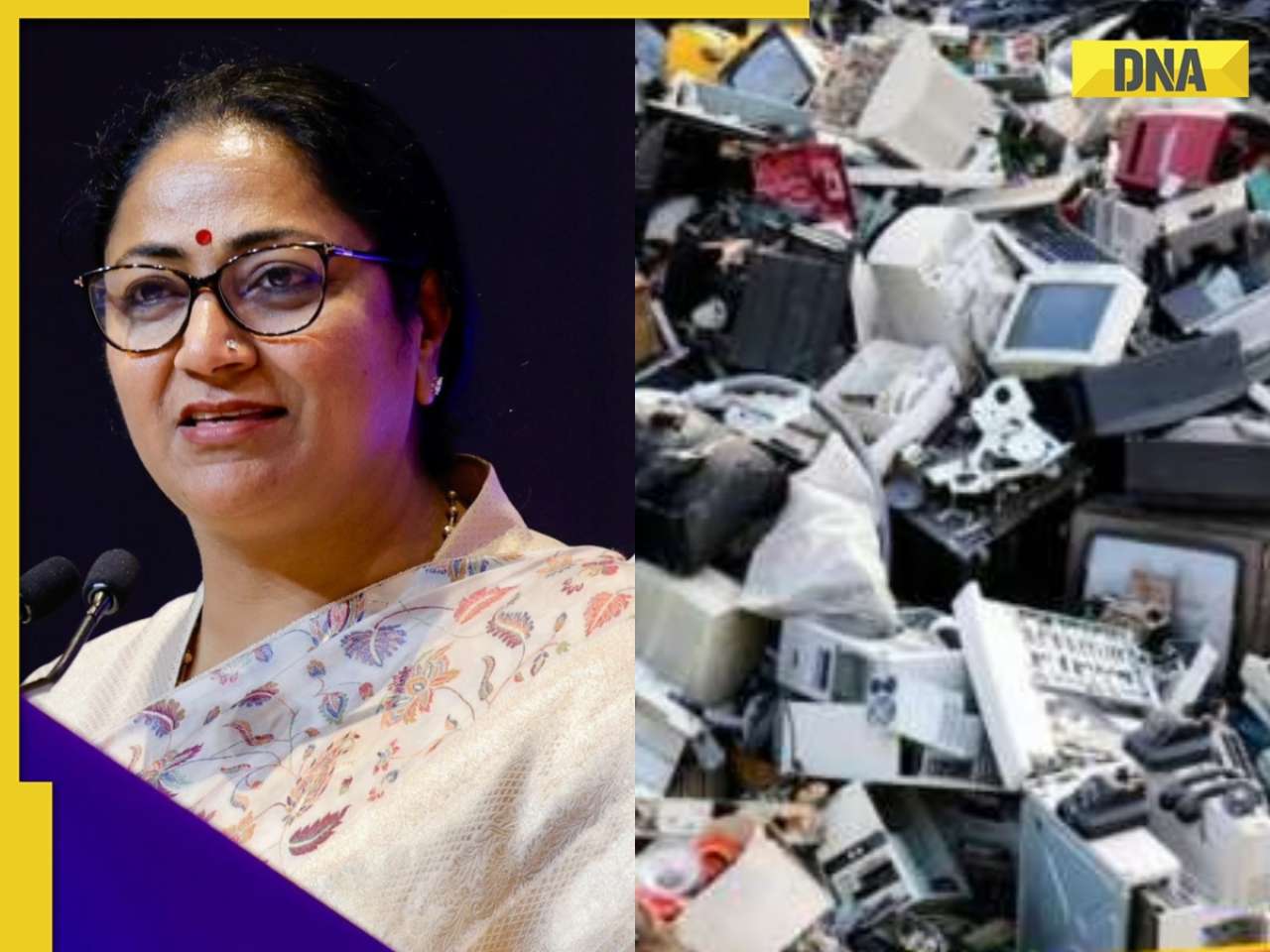 Delhi set to launch India's first net-zero e-waste park in...; its cost is Rs...
Delhi set to launch India's first net-zero e-waste park in...; its cost is Rs... Delhi Police makes SHOCKING statement, bomb threat emails sent to schools and colleges via..., makes difficult to probe due to...
Delhi Police makes SHOCKING statement, bomb threat emails sent to schools and colleges via..., makes difficult to probe due to... Meet woman, daughter of DTC bus driver, a JNU alumna who battled financial woes, later cracked UPSC with AIR..., she is...
Meet woman, daughter of DTC bus driver, a JNU alumna who battled financial woes, later cracked UPSC with AIR..., she is... Meet woman, DU grad, who cleared UPSC in her last attempt with AIR..., later became IAS officer, is 'perfect example of beauty with brain', she is...
Meet woman, DU grad, who cleared UPSC in her last attempt with AIR..., later became IAS officer, is 'perfect example of beauty with brain', she is... CBSE pushes for 'Oil Boards’, healthy meals in new circular to schools: Check details
CBSE pushes for 'Oil Boards’, healthy meals in new circular to schools: Check details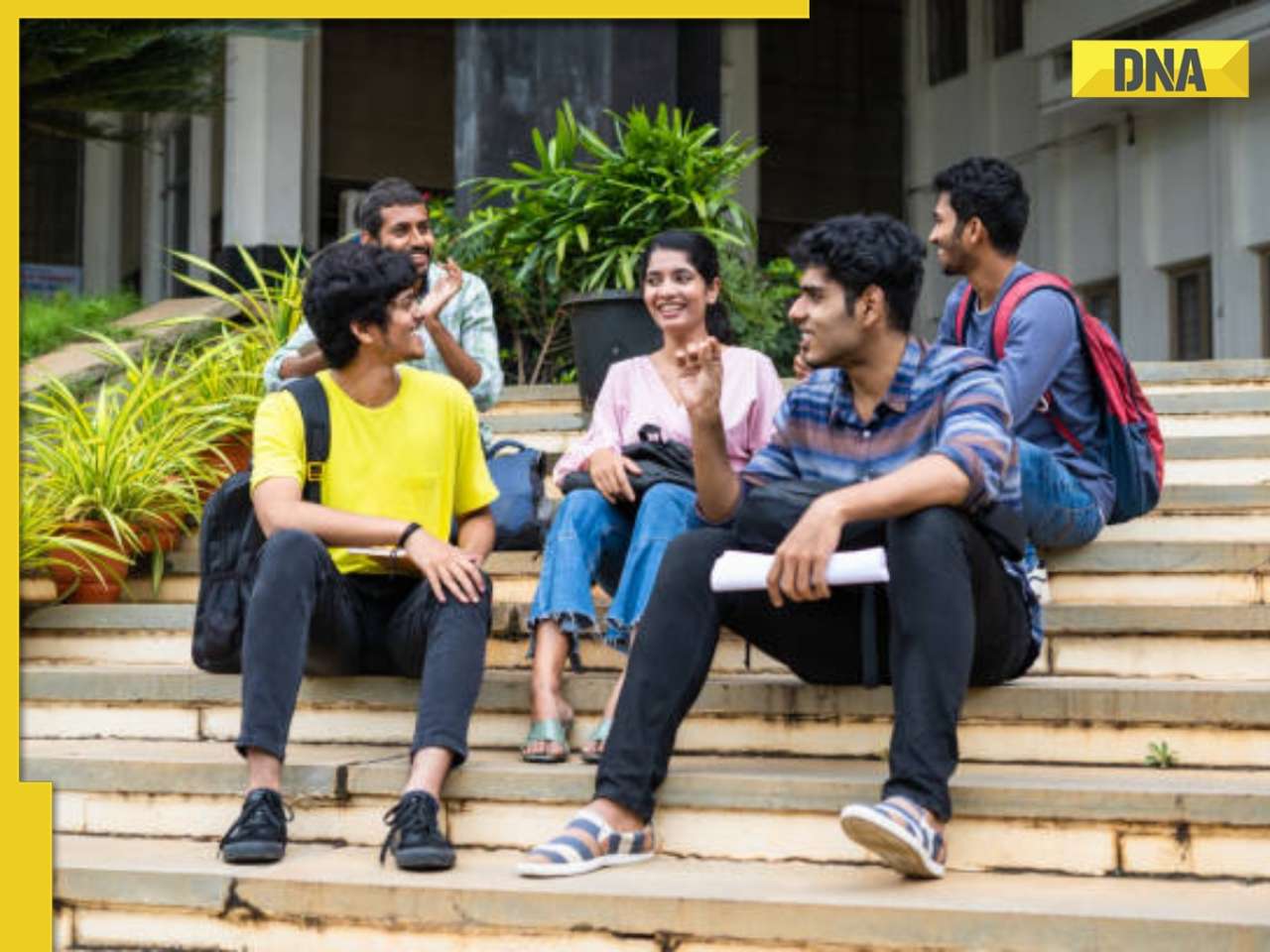 This college records Rs 10000000 placement package for 2025 batch, not IIT Delhi, IIT Bombay, IIM Ahmedabad, it is...
This college records Rs 10000000 placement package for 2025 batch, not IIT Delhi, IIT Bombay, IIM Ahmedabad, it is... Meet man, who worked as waiter, later cracked UPSC exam in 7th attempt with AIR...
Meet man, who worked as waiter, later cracked UPSC exam in 7th attempt with AIR... This luxury car is first choice of Indians, even left BMW, Jaguar, Audi behind in sales, it is...
This luxury car is first choice of Indians, even left BMW, Jaguar, Audi behind in sales, it is... Kia India unveils Carens Clavis: Check features, design changes, price and more; bookings open on...
Kia India unveils Carens Clavis: Check features, design changes, price and more; bookings open on... Tesla CEO Elon Musk launches most affordable Cybertruck, but it costs Rs 830000 more than older version, it is worth Rs...
Tesla CEO Elon Musk launches most affordable Cybertruck, but it costs Rs 830000 more than older version, it is worth Rs... Planning to buy a Maruti Suzuki car? Prices set to rise by 4% from...
Planning to buy a Maruti Suzuki car? Prices set to rise by 4% from... Audi launches Audi RS Q8 2025 in India: Know price, specifications and unique features
Audi launches Audi RS Q8 2025 in India: Know price, specifications and unique features 






)
)
)
)
)
)
)
)
)
)
)
)
)
)
)
)

